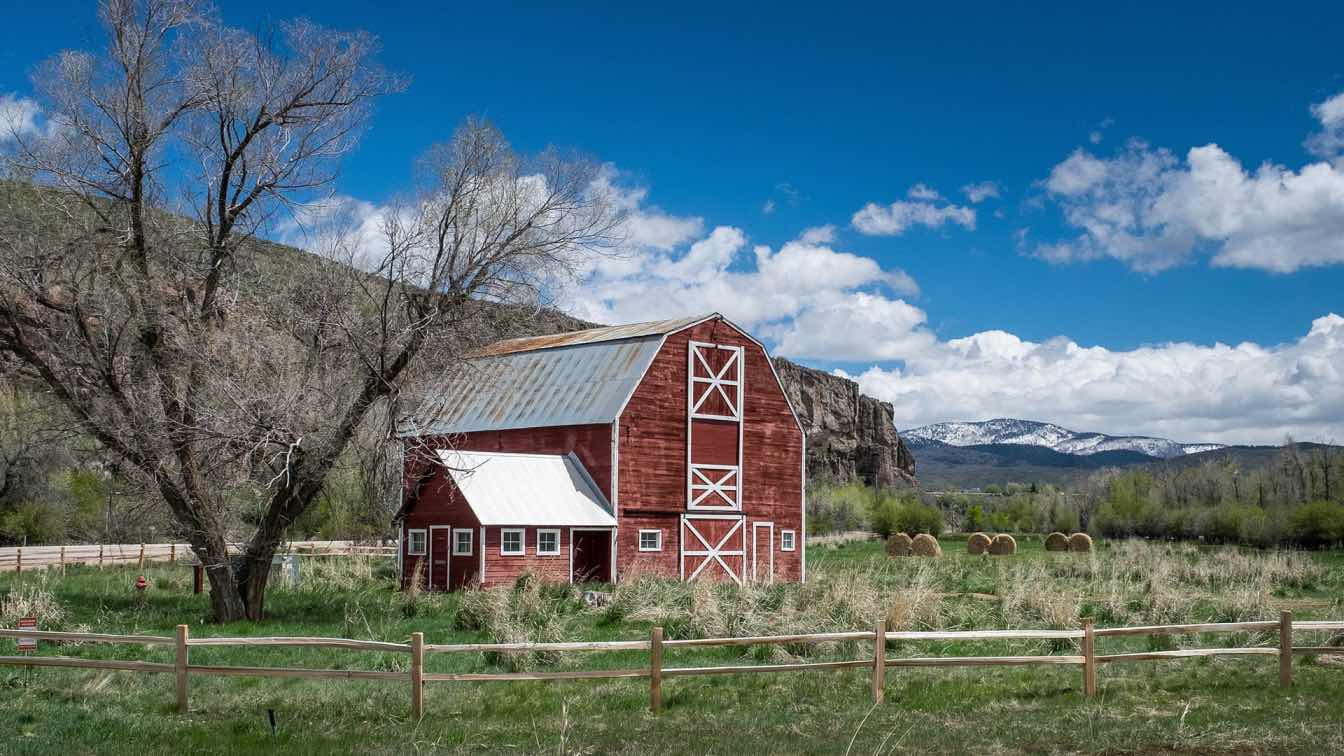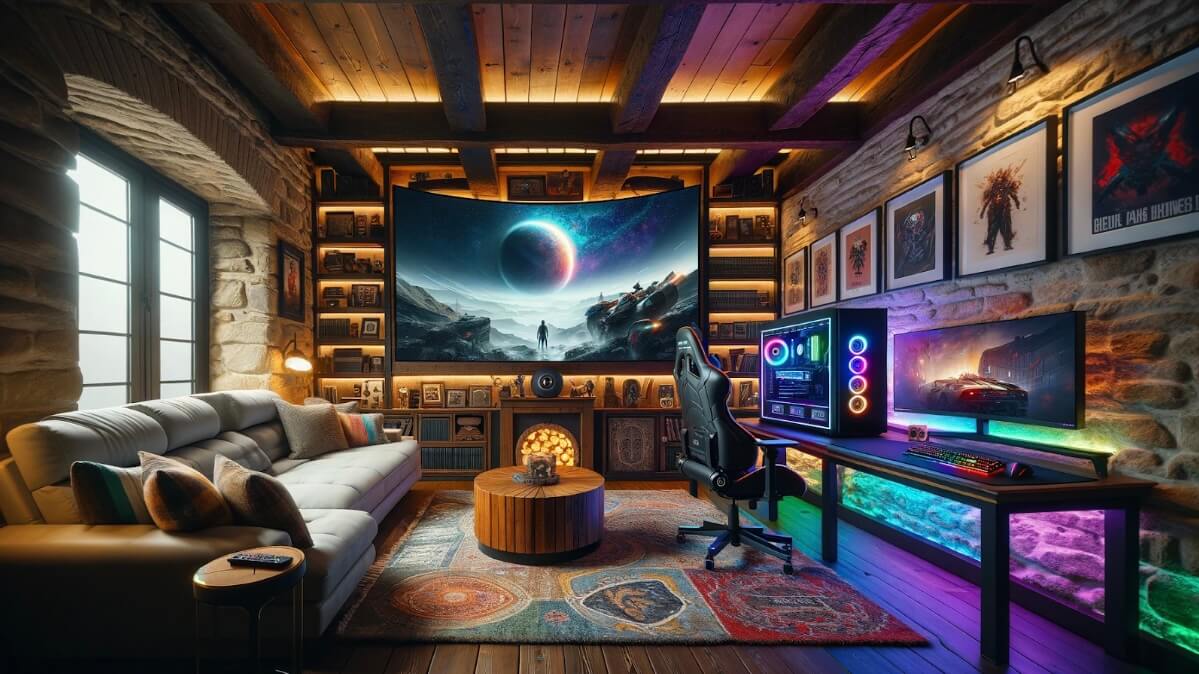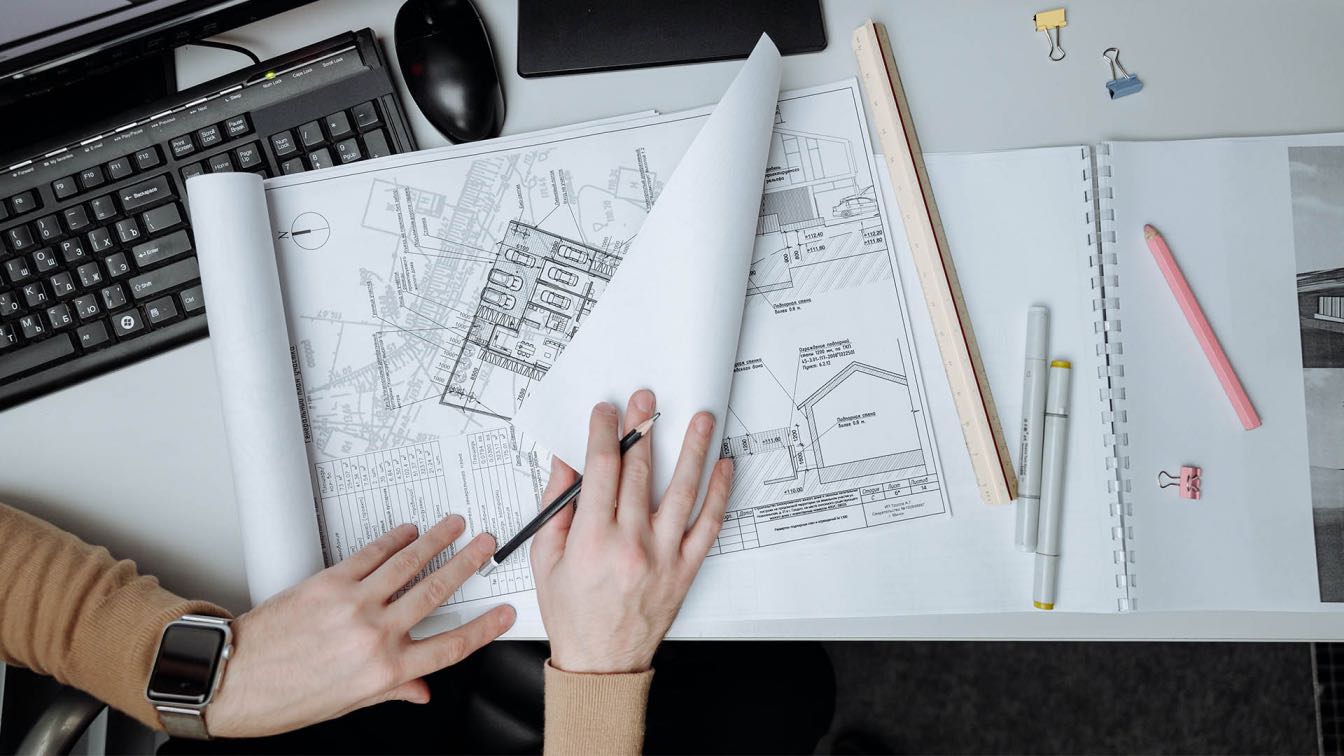In the world of Vail architecture, ranch house design stands out for its unique ability to blend the built environment seamlessly with the natural landscape. This harmonious integration of nature and architecture not only enhances the aesthetic appeal of these homes but also promotes a sense of tranquility and connection with the surroundings. This blog delves into the various aspects of how nature and architecture intersect in ranch house design, creating living spaces that are both functional and inspiring.
The Philosophy Behind Ranch House Design
Ranch house design, with its roots in the mid-20th century, embodies a philosophy that prioritizes simplicity, openness, and a strong connection to the outdoors. These homes typically feature a single-story layout with long, low profiles that blend into the landscape rather than dominate it. Large windows, open floor plans, and outdoor living spaces are hallmarks of this design, all aimed at bringing the outside in and fostering a seamless flow between interior and exterior spaces.
Integrating Natural Elements
1. Use of Natural Materials
One of the key ways ranch house design integrates with nature is through the use of natural materials. Wood, stone, and brick are commonly used to create a warm and organic feel. These materials not only add to the aesthetic appeal but also help the home blend with the natural surroundings. For instance, using locally sourced stone for fireplaces or exterior walls can create a sense of continuity with the landscape.
2. Expansive Windows
Expansive windows are a signature feature of ranch houses, allowing for abundant natural light and unobstructed views of the outdoors. Floor-to-ceiling windows, sliding glass doors, and skylights not only enhance the visual connection to nature but also create a bright and airy atmosphere inside the home. This design element encourages a seamless transition between indoor and outdoor living spaces, making the natural environment an integral part of the home’s interior.
3. Outdoor Living Spaces
Ranch house design places a strong emphasis on outdoor living. Patios, decks, and courtyards are designed as extensions of the indoor living areas, providing additional space for relaxation and entertainment. These outdoor spaces are often surrounded by native landscaping, creating a private oasis that encourages residents to spend more time outside, enjoying the natural beauty around them.
Sustainable Design Practices
1. Energy Efficiency
Sustainability is a crucial aspect of modern ranch house design. Incorporating energy-efficient features such as solar panels, high-performance insulation, and energy-efficient windows can significantly reduce the home’s environmental footprint. Passive solar design, which takes advantage of the sun’s natural energy for heating and cooling, is another sustainable practice that aligns with the principles of ranch house design.
2. Water Conservation
Water conservation is another important consideration in ranch house design. Implementing rainwater harvesting systems, low-flow fixtures, and drought-tolerant landscaping can help minimize water usage and promote sustainability. These practices not only reduce the home’s impact on the environment but also create a more self-sufficient and resilient living space.
3. Native Landscaping
Using native plants in landscaping not only enhances the home’s connection to the local ecosystem but also requires less water and maintenance compared to non-native species. Native landscaping supports local wildlife and promotes biodiversity, creating a vibrant and healthy environment around the home. This approach aligns with the ranch house philosophy of blending with the natural landscape rather than imposing upon it.
Case Studies in Vail Architecture
The principles of ranch house design are well exemplified in several notable examples of Vail architecture. These homes showcase how thoughtful design can create a harmonious balance between nature and the built environment.
1. The Vail Retreat
The Vail Retreat is a stunning example of ranch house design that fully embraces its natural surroundings. The home features an open floor plan with expansive windows that offer panoramic views of the mountains. Natural stone and wood are used extensively throughout the interior and exterior, creating a warm and inviting atmosphere. Outdoor living spaces, including a spacious deck and a landscaped courtyard, provide ample opportunities for residents to enjoy the beautiful scenery.
2. The Alpine Ranch
The Alpine Ranch is another exemplary model of how Vail architecture can integrate nature and architecture. This home is designed to maximize energy efficiency with features such as solar panels and passive solar design. The use of native landscaping and rainwater harvesting systems further enhances its sustainability. Inside, the home boasts a minimalist design with natural materials and large windows that bring in plenty of natural light.
The Future of Ranch House Design
As architectural trends continue to evolve, the integration of nature and architecture in ranch house design remains a timeless and relevant concept. Future developments in this area are likely to focus on enhancing sustainability and improving the connection between indoor and outdoor spaces. Innovations in building materials, energy-efficient technologies, and sustainable landscaping practices will play a crucial role in shaping the future of ranch house design.
Conclusion
The intersection of nature and architecture in ranch house design creates living spaces that are not only aesthetically pleasing but also deeply connected to their surroundings. By incorporating natural materials, expansive windows, outdoor living spaces, and sustainable design practices, these homes offer a unique and harmonious way of living. As exemplified in Vail architecture, the principles of ranch house design continue to inspire and evolve, promoting a lifestyle that celebrates the beauty and serenity of the natural world.





